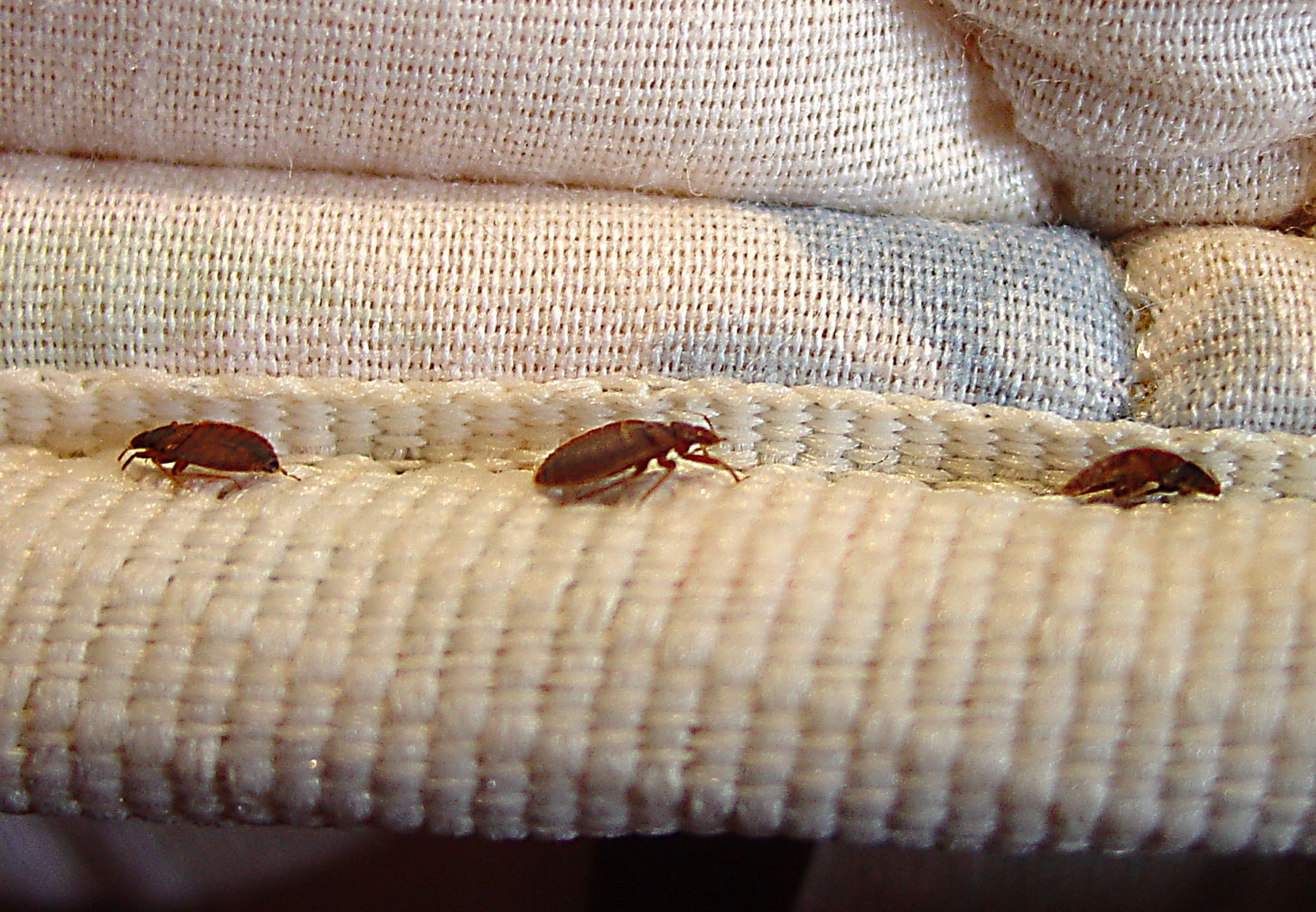Bed bugs may be developing “thicker” skin to fight against the pesky insecticides that humans use to kill them, according to a new study.
If you’ve ever experienced bed bugs you know, this is not good news.
Over the past two decades, bed bugs have had an overwhelming comeback across the globe. The tiny black bugs, hitchhike in suitcases, hide in couches and restaurant booths and are notoriously hard to get rid of.
The resurgence of the pesky bloodsuckers is in part due to some bed bugs forming a resistance to common insecticides, according to a study by University of Sydney researchers published Wednesday in the journal PLOS One.
To find out why some bed bugs are more resistant to insecticides than others, researchers compared the thickness of exoskeleton or “cuticle” of bed bugs resistant to insecticides and those more easily killed, David Lilly, a University of Sydney Ph.D. candidate, said in a statement.
Lilly said they found that the bed bugs with thicker cuticles were more likely to survive the insecticide spray.
“The new findings reveal that one way bed bugs beat insecticides is by developing a thicker ‘skin,’" Lilly said.
The research could offer bug control professionals valuable information in developing new insecticides.
“If we understand the biological mechanisms bed bugs use to beat insecticides, we may be able to spot a chink in their armor that we can exploit with new strategies,” Lilly said.
Follow @MaryBowerman on Twitter.

![AP NYC BEDBUGS A FILE USA GA [image : 83076784]](http://www.gannett-cdn.com/media/2016/04/15/USATODAY/USATODAY/635963157171148470-AP-NYC-Bedbugs.jpg)

